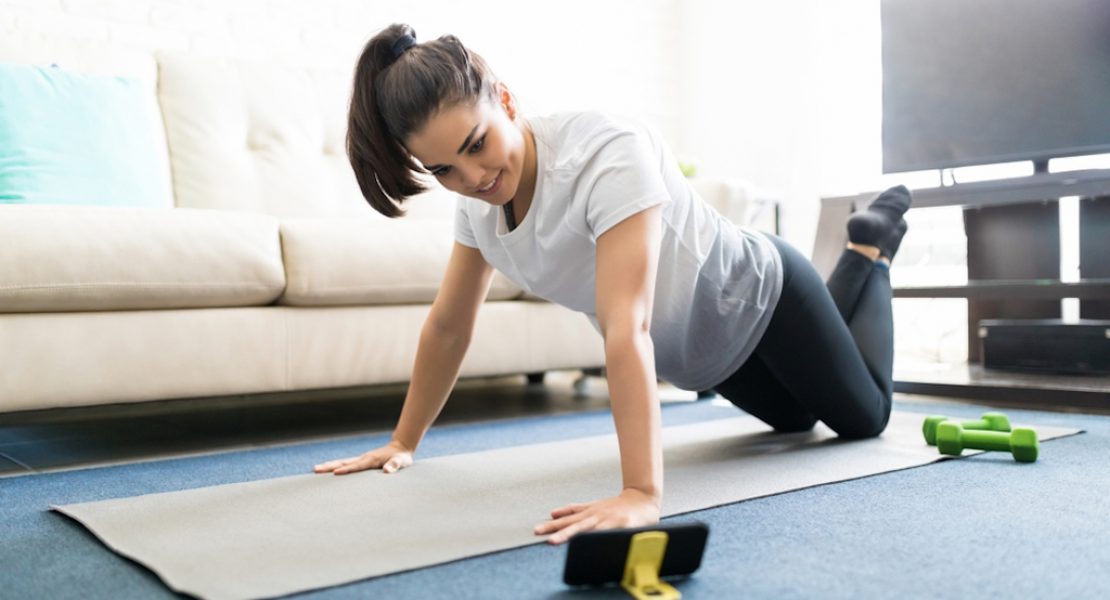Exercise to Improve Body Flexibility

Why is Flexibility Important?
Flexibility is important for a variety of reasons, including:
- Reducing the risk of injury: Tight muscles and joints can increase the risk of injury during physical activity. Flexibility exercises can help prevent this by improving your range of motion.
- Improving posture: Poor posture can lead to aches and pains in the neck, shoulders, and back. Flexibility exercises can help improve posture by lengthening tight muscles and improving alignment.
- Reducing stress and tension: Flexibility exercises can help reduce stress and tension in the body, promoting relaxation and improving overall well-being.
How to Improve Flexibility
There are several ways to improve flexibility, including:
Stretching
Stretching is a great way to improve flexibility. It involves gently lengthening the muscles and joints to improve range of motion. There are several types of stretching exercises, including:
- Static stretching: This involves holding a stretch in a stationary position for a period of time.
- Dynamic stretching: This involves moving through a range of motion, gradually increasing the stretch as you go.
- Ballistic stretching: This involves using momentum to move through a stretch, which can be more challenging and should be done with caution.
When stretching, be sure to warm up first to prevent injury. You should also hold each stretch for at least 30 seconds, and avoid bouncing or jerking movements.
Yoga
Yoga is a great way to improve flexibility, as it involves a combination of stretching, strength training, and balance exercises. Many yoga poses focus on lengthening the muscles and improving range of motion.
There are several different types of yoga, so it's important to find a style that works for you. Some popular types of yoga include:
- Hatha yoga: A gentle form of yoga that focuses on stretching and relaxation.
- Vinyasa yoga: A more dynamic form of yoga that involves flowing through a series of poses.
- Ashtanga yoga: A more challenging form of yoga that involves a set series of poses.
Pilates
Pilates is another great way to improve flexibility, as it focuses on strengthening the core muscles while also improving range of motion. Many Pilates exercises involve stretching and lengthening the muscles.
Like yoga, there are several different types of Pilates, so it's important to find a style that works for you. Some popular types of Pilates include:
- Mat Pilates: A form of Pilates that is done on a mat, using your own body weight for resistance.
- Reformer Pilates: A more advanced form of Pilates that involves using a machine to provide resistance.
Benefits of Flexibility Exercise
There are many benefits to incorporating flexibility exercises into your fitness routine, including:
- Reduced risk of injury
- Improved posture
- Reduced stress and tension
- Improved range of motion
- Improved balance and coordination
- Improved athletic performance
Drawbacks of Flexibility Exercise
While there are many benefits to flexibility exercise, there are also some potential drawbacks to be aware of, including:
- Risk of injury if not done correctly
- Can be time-consuming
- May not be suitable for those with certain medical conditions
- May not provide significant improvements in strength or cardiovascular fitness
Conclusion
Overall, flexibility exercise is an important component of overall fitness. Whether you choose to incorporate stretching, yoga, Pilates, or a combination of these activities into your routine, improving your flexibility can help reduce the risk of injury, improve posture, and promote relaxation and overall well-being.
FAQs
What is the best time of day to do flexibility exercises?
There is no one "best" time of day to do flexibility exercises - it really depends on your schedule and personal preferences. Some people prefer to do them in the morning to help wake up their body, while others prefer to do them in the evening to help them relax before bed.
How often should I do flexibility exercises?
It's recommended to do flexibility exercises at least 2-3 times per week, but you can do them more often if you like. Just be sure to give your muscles time to rest and recover between sessions.
Are there any medical conditions that would make flexibility exercises unsafe?
If you have any medical conditions or injuries, it's important to talk to your doctor or physical therapist before starting a new exercise program, including flexibility exercises. They can help you determine what exercises are safe and appropriate for your specific needs.
Can I improve my flexibility at any age?
Yes, you can improve your flexibility at any age! While flexibility tends to decrease as we age, regular stretching and flexibility exercises can help maintain and even improve flexibility over time.
